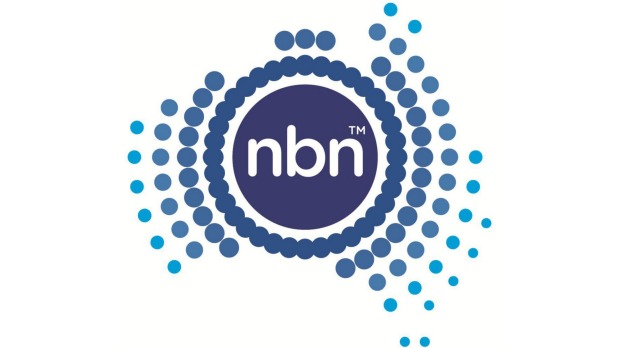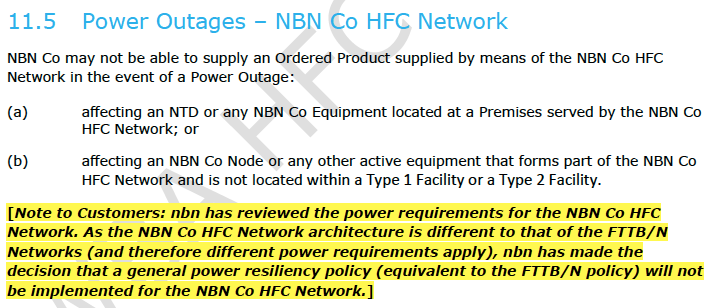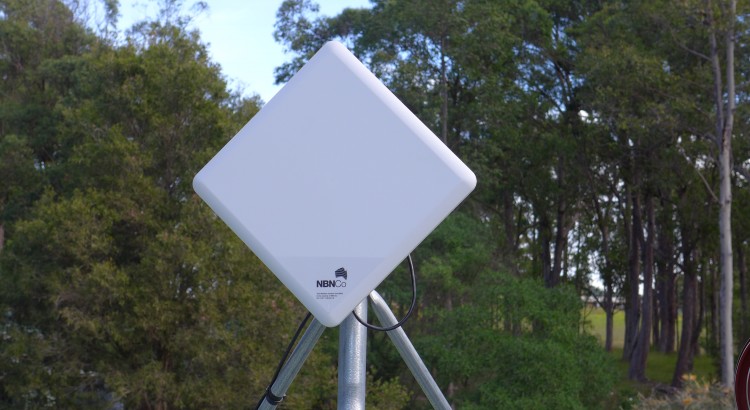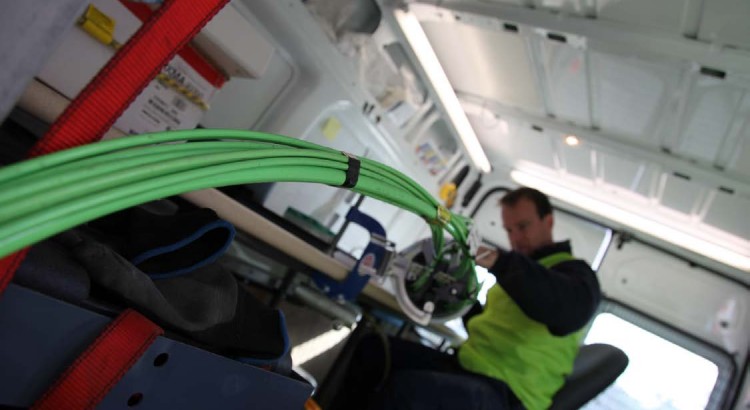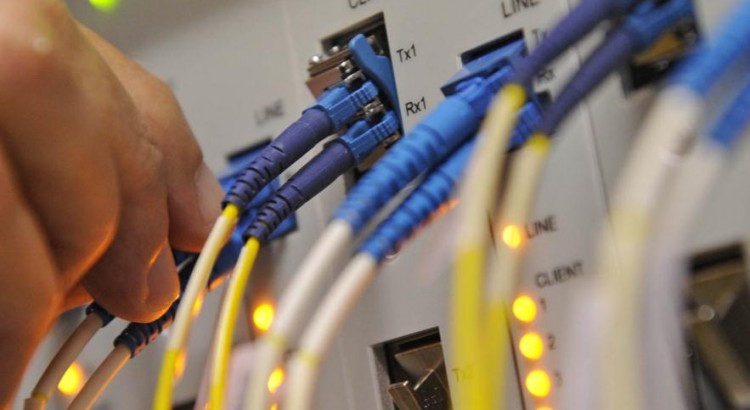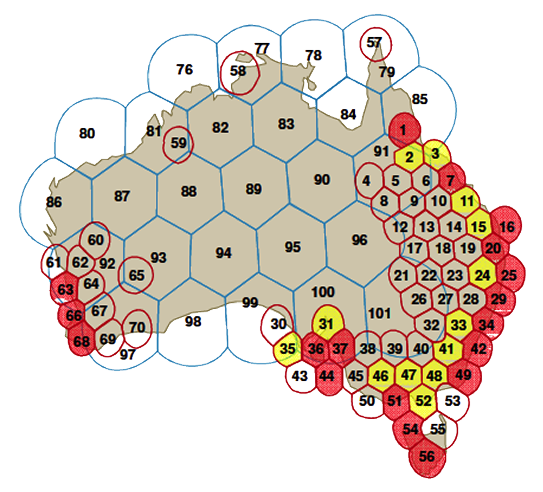Leaked internal documents detailing the fault resolution process on the FTTN/B network suggests a nightmare process awaits millions of Australians
A leaked document from the company responsible for building the National Broadband Network (nbn) has revealed insights into the fault ratification process for its Fibre to the Node and Basement networks.
The freshly leaked document, first published by technology publication Delimiter, is the latest addition to a string of damaging leaked documents from within the company within the last few weeks alone.
5 drops out a day? That’s “acceptable”
Australians shouldn’t expect their current unexpected drop-outs to be fixed after upgrading to the new Fibre to the Node network.
On page 21, nbn describes how it plans to diagnose a user experiencing drop-out issues on the Fibre to the Node and Fibre to the Basement networks.
A user experiencing on average 2.4 resync events (colloquially known as dropouts) per day as being connected to a “stable” connection. It goes on to explain that connections experiencing up to 5 dropouts a day as being “risky” — yet “nbn regards risky [connections] as acceptable”.
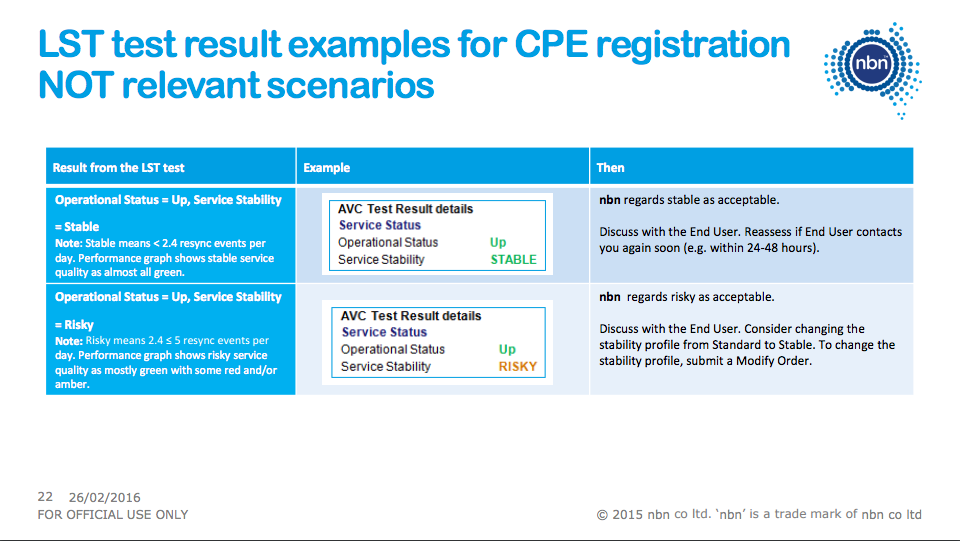
The company suggests putting risky connections into a lower sync speed by assigning them to a “stability” profile in the hope of reduced drop-out rates.
Modems must be approved, or faults cannot be logged
The NBN company is insisting that end users must use an approved modem, certified to be working by an NBN service provider, in order for a fault to be lodged.
Despite the requirement of an approved modem, nbn has refused a freedom of information request to provide a list of modems that are approved for connecting to the NBN network to the public. Nor can members of the public request models of modems to be tested for registration.
This forces all end users to purchase the low-end, consumer-grade modem approved by their service providers such as the cheap sagecomm f@st modem line-up preferred by some major carriers. The flaw in this is that many sagecomm modems have a ton. of. security.exploits.
$50 No Fault Found charge if problem is beyond the network boundary
Unlike on its fibre network, nbn will charge end users $50 for a “No Fault Found”call-out fee for the FTTN and FTTB network where the technician identifies no faults on the line or if the fault is within the end user’s house (for example, a bridge tap inside the home).
This fee, similar to one currently charged by Telstra, is set to discourage end users from lodging faults and risk paying a $50 No Fault Found charge if a fault is not identified.
So here we are again, folks:
- It’s okay for this new $56 billion dollar network to drop out 1, 2… maybe 5 times a day — that’s totally acceptable!
- You’re after a modem that’s higher quality, possibly enterprise-grade, instead than the cheapo modem your service provider sold to you? Not only will we not tell you what modems you can get, you can’t even get new modems approved if you wanted!
- Finally, think you have a fault? Think again — we can slug you $50 if you complain about the network and we don’t find anything wrong with it!
What a wonderful broadband network this is going to be!

